
Neils Walwin Holm (1866 - 1927?) was a West African photographer who later retrained as a barrister. [1] He was "the pre-eminent photographer of Lagos, West Africa, from the 1890s until 1910". [2]

Neils Walwin Holm (1866 - 1927?) was a West African photographer who later retrained as a barrister. [1] He was "the pre-eminent photographer of Lagos, West Africa, from the 1890s until 1910". [2]
Holm was born in the Gold Coast. [1] He left school in 1883, and was apprenticed to his cousins, who were professional photographers. Leaving them in 1885, he was commissioned by a German merchant who had imported photographic equipment for him to use. With his commission he managed to purchase the equipment, and moved to Lagos Colony in 1886. [3]
He built a successful photographic business there, gaining early commissions from the colonial administration. He was the first in Lagos Colony to introduce dry plate, using plates manufactured in Ilford in England. He married in 1890, though his wife died in 1892. [3]
In July 1893 Holm travelled to Britain for the first time, visiting a Pall Mall exhibition by the Photographic Society of Great Britain. On his return to Lagos, he advertised himself as a West African representative of UK manufacturers. He kept up transatlantic connections using a telegraphic cable address and advertisements in the British magazine Practical Photographer. In 1895 he was elected a member of the Royal Photographic Society, and in 1896 became a Fellow. [3]
In 1900 he returned to London to attend the First Pan-African Conference. He visited London again in 1903. [3]
In 1910 he gave up photography, and from 1910 to 1917 trained at the Middle Temple as a barrister for the Lagos courts. [3]
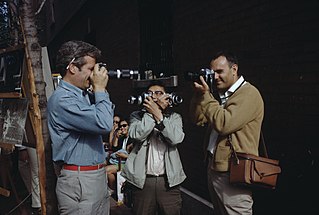
Photography is the art, application, and practice of creating durable images by recording light, either electronically by means of an image sensor, or chemically by means of a light-sensitive material such as photographic film. It is employed in many fields of science, manufacturing, and business, as well as its more direct uses for art, film and video production, recreational purposes, hobby, and mass communication.
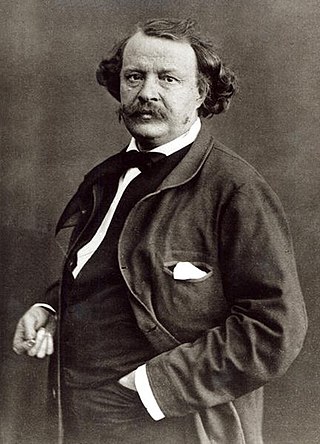
Gaspard-Félix Tournachon, known by the pseudonym Nadar, was a French photographer, caricaturist, journalist, novelist, balloonist, and proponent of heavier-than-air flight. In 1858, he became the first person to take aerial photographs.

Sergey Mikhaylovich Prokudin-Gorsky was a Russian chemist and photographer. He is best known for his pioneering work in color photography and his effort to document early 20th-century Russia.

The American Civil War was the most widely covered conflict of the 19th century. The images would provide posterity with a comprehensive visual record of the war and its leading figures, and make a powerful impression on the populace. Something not generally known by the public is the fact that roughly 70% of the war's documentary photography was captured by the twin lenses of a stereo camera. The American Civil War was the first war in history whose intimate reality would be brought home to the public, not only in newspaper depictions, album cards and cartes-de-visite, but in a popular new 3D format called a "stereograph," "stereocard" or "stereoview." Millions of these cards were produced and purchased by a public eager to experience the nature of warfare in a whole new way.

James Francis "Frank" Hurley was an Australian photographer and adventurer. He participated in a number of expeditions to Antarctica and served as an official photographer with Australian forces during both world wars. He was the official photographer for the Australasian Antarctic Expedition and the Imperial Trans-Antarctic Expedition of 1914–16.

George Washington Wilson was a pioneering Scottish photographer. In 1849, he began a career as a portrait miniaturist, switching to portrait photography in 1852. He received a contract to photograph the Royal Family, working for Queen Victoria and Prince Albert. He pioneered various techniques for outdoor photography and the mass production of photographic prints as he gradually began to largely do landscape photography in the 1860s. By 1864 he claimed to have sold over half a million copies.

Roger Fenton was a British photographer, noted as one of the first war photographers.

Sir William de Wiveleslie Abney was an English astronomer, chemist, and photographer.

William Henry Jackson was an American photographer, Civil War veteran, painter, and an explorer famous for his images of the American West. He was a great-great nephew of Samuel Wilson, the progenitor of America's national symbol Uncle Sam. He was the great-grandfather of cartoonist Bill Griffith, creator of Zippy the Pinhead comics.

War photography involves photographing armed conflict and its effects on people and places. Photographers who participate in this genre may find themselves placed in harm's way, and are sometimes killed trying to get their pictures out of the war arena.

Richard Kearton FZS, FRPS and Cherry Kearton, brothers, were a pair of British naturalists and some of the world's earliest wildlife photographers. They developed innovative methods to photograph animals in the wild and, in 1895, published the first natural history book to be entirely illustrated by wild photographs. Richard was made a Fellow of the Zoological Society of London and Royal Photographic Society. Cherry later became a wildlife and news filmmaker, and friend to Theodore Roosevelt. The Royal Geographical Society created the Cherry Kearton Medal and Award in his honour.
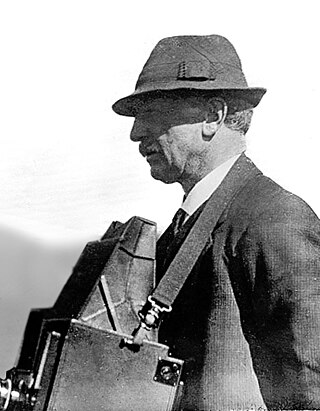
John Watt Beattie was an Australian photographer,

W. & D. Downey were Victorian studio photographers operating in London from the 1860s to the 1910s.
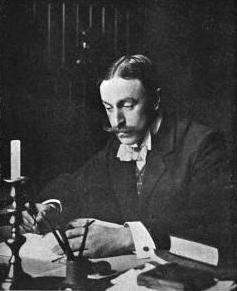
Alfred Horsley Hinton was an English landscape photographer, best known for his work in the pictorialist movement in the 1890s and early 1900s. As an original member of the Linked Ring and editor of The Amateur Photographer, he was one of the movement's staunchest advocates. Hinton wrote nearly a dozen books on photographic technique, and his photographs were exhibited at expositions throughout Europe and North America.
Armet Francis is a Jamaican-born photographer and publisher who has lived in London since the 1950s. He has been documenting and chronicling the lives of people of the African diaspora for more than 40 years and his assignments have included work for The Times Magazine, The Sunday Times Supplement, BBC and Channel 4.
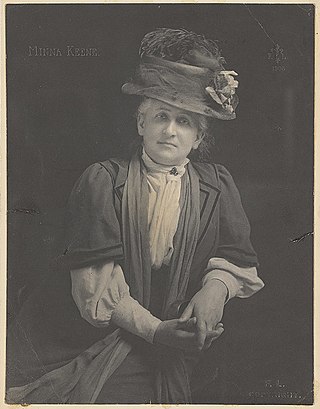
Minna Keene, née Töneböne, was a German-born, self-taught Canadian pictorial portrait photographer, considered "hugely successful".

John William Lindt (1845–1926), was a German-born Australian landscape and ethnographic photographer, early photojournalist, and portraitist.
Photography in Nigeria began as a profession in the late nineteenth century, attracting practitioners from across West Africa. The professional prestige accorded to photography in Nigeria has led to the country being characterized as a 'photographic giant' in the region.
Alexander Keighley was an English amateur photographer who became one of the most influential members of the Pictorialist movement in Great Britain in the 20th century.
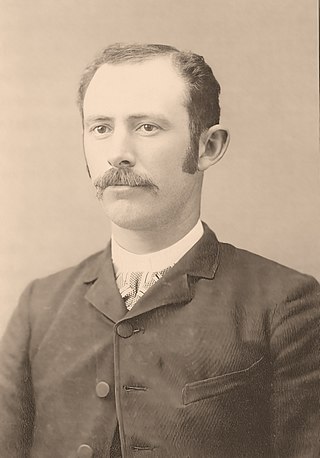
Charles Clifford Curtis was a pioneering American photographer who is best remembered for his documentary photography of the logging industry in the Sierra Nevada mountains in the late 19th century. His photographs, which captured the felling of the famous Mark Twain Tree and the General Noble tree, helped to convince the public that these giant sequoias were not a hoax. Curtis was well-known for his use of large plate photography, which allowed him to capture portraits of people and gatherings that were dwarfed by the scale of the giant trees. His images of logging crews working in the rugged terrain of Converse Basin are considered some of the most iconic and enduring images of the era.